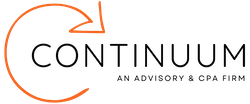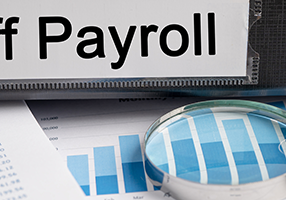Understanding cash flow can often be a perplexing concept due to its distinction from profits. It is important to note that operating losses do not necessarily indicate poor cash flow.
However, it’s important to know where your numbers are. It can be very frustrating when payroll is due and you have no money to pay it. What do you do when the banker is calling you about not being able to make your payments, yet your income statement shows a healthy net profit? Your income statement properly reflects all your sales, even those made on accounts receivable. So the profit you should have available to meet expenses is tied up in accounts receivable.
Or perhaps you have acquired new equipment and paid for it with cash. With your operating profits tied up in new assets, you have a cash shortage. On the other side of the coin, you may have sold a piece of real estate or equipment and have a large cash balance in your checking account, yet your income statement shows a loss.
Here are the three elements to properly manage cash flow:
- Collect your cash as quickly as possible.
- Pay out cash as slowly as possible while still maintaining good credit and positive vendor relationships.
- Make the best use of cash held in the business.
A cash flow statement will show you where the cash is coming from and where it is going. Best results are usually obtained by using monthly cash flow statements and projections based on prior experience. Building a history of cash flow needs by using historical financial records will provide an invaluable tool for managing your business.
If you do not track these types of things on a timely basis, now would be a good time to construct the proper reporting. If you have questions about cash flow, feel free to contact us.



